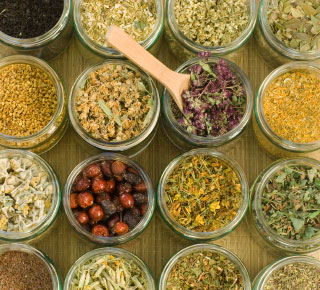Due to the fact that ovarian cancer is silent and as a result often diagnosed at a later stage, it is one of the killing cancers in women. New treatments have made a big difference in the survival rate of patients, but the need for prevention remains an important point. Studies have shown that alcohol consumption represents a risk factor for ovarian cancer. It is also true that healthy lifestyle habits in the form of healthy eating and exercise are very useful for prevention.
Swedish research has come up with more news. They examined the association of tea consumption as a risk-lowering factor in 61,057 women 40 to 76 years of age. These participants completed a validated 67-item food frequency questionnaire between 1987 and 1990. They were followed for cancer incidence through December 2004.
The researchers found a 46% lower risk of ovarian cancer in women who drank two or more cups of tea a day, compared to those who did not drink tea.
The tea was primarily black tea. Each additional cup of tea was associated with an 18% decreased risk of ovarian cancer.
More information on ovarian cancer: http://nethealthbook.com/cancer-overview/ovarian-cancer/
References: The Medical Post, February21, 2006, page 23.
Last edited Oct. 30, 2014















